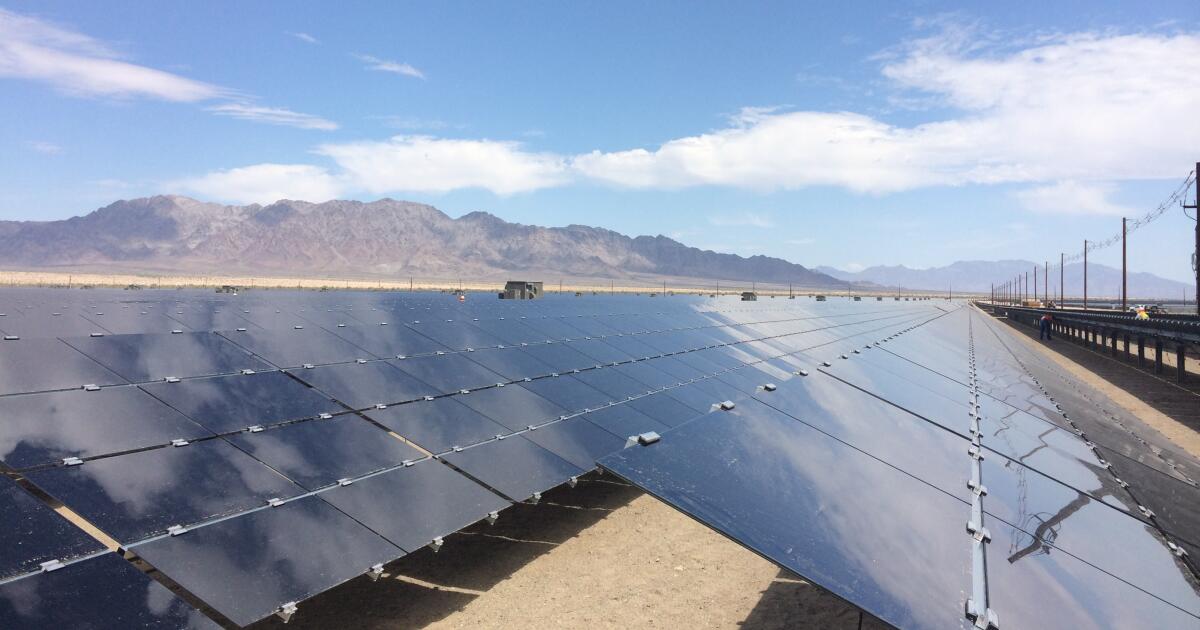SEOUL: North Korean leader Kim Jong-un oversaw the test of a new ballistic missile designed to deploy a hypersonic glide vehicle that can deliver a nuclear payload, his state media reported, calling the test “an epoch-making success”.
Kim’s propaganda apparatus on April 3 lauded the launch of the missile that took place a day earlier, which it said was of intermediate range – meaning it could hit US military bases in the region.
The launch drew swift condemnation from South Korea and Japan, as well as the US.
It remains to be seen if North Korea has actually developed a functional hypersonic glide vehicle. These weapons are designed to deploy a re-entry vehicle for carrying a nuclear warhead that can change its flight path at high speeds, making it hard for interceptors to shoot down.
South Korea’s Joint Chiefs of Staff (JCS) said the launch probably focused on testing the missile’s flight performance in the early stage of development, an area in which North Korea appeared to have made partial progress.
But it “exaggerated” several specifications, from flight range to a delay in igniting the second-stage engine and quickly changing flight orbit, the JCS said.
The missile launched on April 2 flew about 600km, it said, and appeared to be related to a new engine for a hypersonic missile system that North Korea tested about a month ago.
State media showed images of the North Korean leader near the missile, dubbed the Hwasong-16B, prior to launch and the rocket flying in the air.
Kim “has personally blazed the ceaseless untrodden path to developing and perfecting ultra-modern weapons with his unshakable will and inexhaustible energy”, the official Korean Central News Agency reported.
Analysts said it was unclear if the North would exclusively build solid-fuel missiles in the future, and what a switch would mean for its arsenal of liquid-fuel weapons, such as its largest Hwasong-17 and Hwasong-15 intercontinental ballistic missiles.
North Korea may heavily favour solid-fuel systems where possible, but actually phasing out liquid-fuel weapons would likely only play out over years, said Ankit Panda of the US-based Carnegie Endowment for International Peace.
“There are obvious strategic advantages to an all-solid-fuel force for them in the form of greater promptness, responsiveness and survivability,” he added.
North Korea’s pursuit of hypersonic vehicles helps its broader effort to field warheads tougher to intercept.
Warheads typically launched by such missiles travel at more than five times the speed of sound or about 6,200kmh, often manoeuvring at relatively low altitudes.
That manoeuvrability, not speed, is the most attractive feature of such weapons, analysts say, as the latter can sometimes be matched or exceeded by traditional ballistic missile warheads.
The North has a habit of provocations that coincide with elections in South Korea, and the launch came before a vote for a new Parliament on April 10.
Kim’s regime has bristled at the government of conservative President Yoon Suk-yeol, who has taken a hard line on Pyongyang, and the latest launch serves as a reminder of the North’s threats to security.
North Korea last tested an intermediate-range ballistic missile in January.
A missile of this sort is built to fly far enough to hit all of Japan, where the US has tens of thousands of troops.
It can also reach US military facilities in Guam, where the Pentagon says it keeps one of America’s largest munitions depots in the world. – Bloomberg
